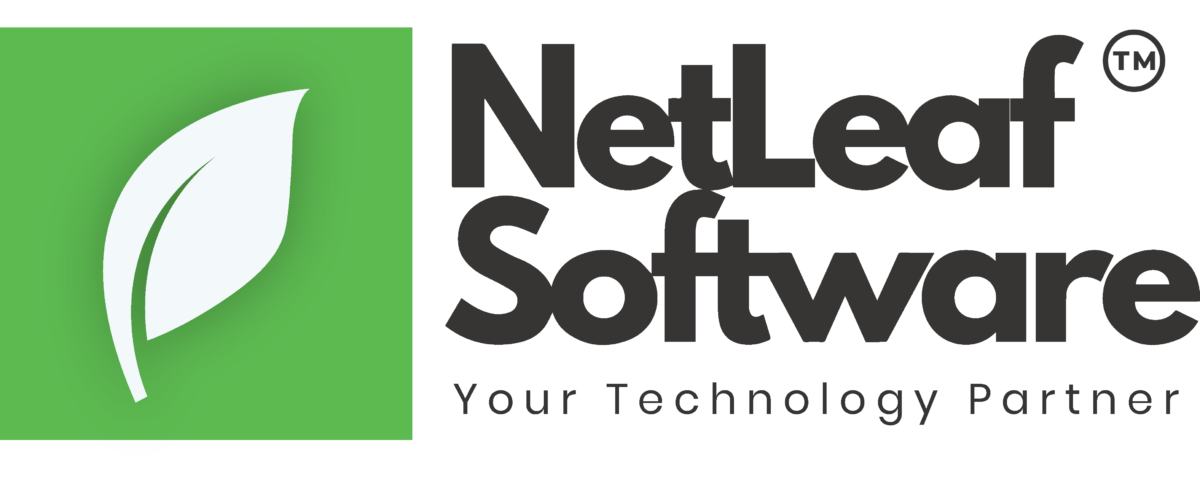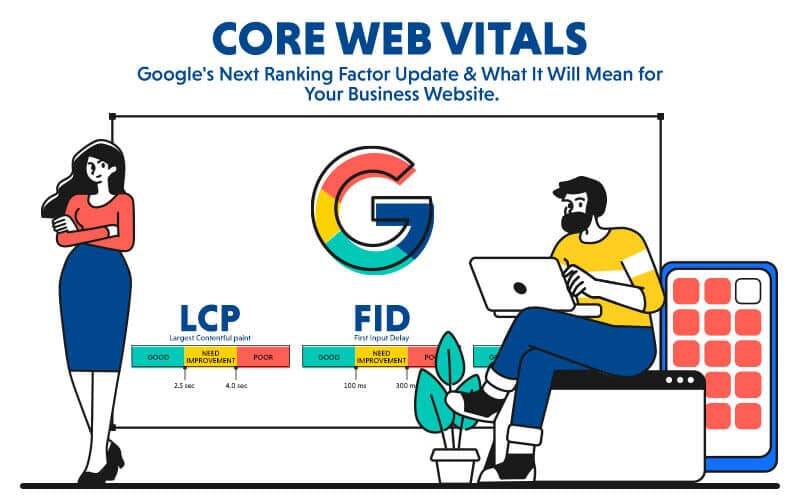Google is known to announce new updates every now and then. However, it might seem a challenge to adapt to the constant changes and updates. This new ranking factor update caused quite a stir among the website owners. The new update, called the Core Web Vitals — with different metrics, this update was centred on enhancing the user experience even more. Focusing on customer experience has always been a key point for Google, and this initiative played an enormous role in customising the user’s experience.
Whether you are a digital marketer, online advertising firm, or print media – Copywriting is the core technique to keep your audience engaged. By the bye, copywriting needs special skills, and, therefore, requires a copywriter.
Web Vitals is a Google initiative known to provide unified guidance that improves the website’s quality and delivers an enhanced user experience on the site. Website owners use different tools to enhance their website’s performance. While this is a challenging task, you don’t have to be a master in every skill to learn about the Core Web Vitals and how it is great for search engine optimisation.
If you are looking forward to enhancing the speed and interaction on your website while learning about the impact of Core Web Vitals, here is the detailed guide.
What Are Core Web Vitals?
Core Web Vitals is part of Web Vitals, considered a set of factors that are important to inflate a webpage’s experience. Further, the Core Web Vitals is divided into three main pillars, known to measure the user experience. These metrics of Core Web Vitals are –
- Loading Performance
- Responsiveness
- Visual stability
These metrics evolve with time and work as a threshold to ensure a better user experience. These tools are called LCP, Largest Contentful Paint, FID or First Input Delay, CLS, or Cumulative Layout Shift. If you are looking to rank your website on the top of Google or other search engines, these metrics must appear green, i.e., the score of your content, metadata, links, tags etc must be above the yellow mark presented on the tools. Once the score reaches above the green signal, you can absolutely ensure top ranking on google. This would eventually be beneficial for attracting more clients and customers.
LCP – Largest Contentful Paint
In simple words, the largest contentful paint is used on the main page, where the content is being loaded. If you are willing to enhance your web page engagement, it is essential to have good LCP points. Have you ever heard of a DOM or DOM Content Load by an SEO in the past? Google has mentioned that the LCP is a simpler measurement that bestows the time on the largest text block or visible image. In other words, if your web page consists of a large image or a video background, it would definitely take a long period to get loaded. This could reduce the traffic as viewers are not interested in a webpage that lags in its performance. To stay out of trouble, we advise you to create a good LCP score.
What is a good LCP score?
A good score guarantees a great user experience. Websites should strive to maintain the Largest Contentful Paint of fewer than 2.5 seconds. This would ensure that you are hitting the target for most users. For website owners, it is advisable, a good threshold of 75th percentile of page loads, this could be segmented across different devices.
FID – First Input Delay
Users typically anticipate that whenever a visual element, such as a button, an image, or a scroll bar, loads on the screen during the opening of a webpage in a browser, the page will be immediately ready to accept their input. The expectation is that even when the website looks to still be loading, we can click the button or scroll down the page.
What is a good FID score?
To provide a better user experience, sites should aim to have an FID or First Input Delay of less than 100 milliseconds. To ensure you are working in the right direction, most of the users must measure a score of 75th percentile on the page loads. Your pop-ups or message must be visible at the very beginning.
CLS – Cumulative Layout Shift
Have you ever visited a website and noticed the entire content shifted up or down? Sometimes this shift may take place multiple times. Any time a visual element moves from a rendered frame to another, this is known as a layout shift. When one or more individual layout shifts happen quickly one after the other with a maximum window duration of five seconds and less than one second between each shift, this is called a session window.
What is a good CLS score?
To provide a good user experience, websites should strive to have a CLS score of 0.1 or less. To ensure you’re focusing on the right number of your users, a good threshold to measure is the around 75th percentile of page loads, segmented across different mobile and desktop devices.
Tools Used To Measure Core Web Vitals
There are loads of tools available to monitor the Core Web Vitals and improve the performance of your site. We have embarked on some mostly used tools that would contribute to enhancing your digital mark,
1. PageSpeed Insights: PageSpeed Insights, is a full-service measuring tool that provides both field and lab data. Besides, you can ask for help when required.
2. Lighthouse: Lighthouse was built by Google as a tool to audit PWAs; now, it is used to monitor performance. It includes several audits that PageSpeed Insights doesn’t have.
3. Search Console Core Web Vitals report: Easy way to get insights from your site straight from Search Console. It helps in enhancing performance professionally.
4. Chrome comes with several developer tools: A Core Web Vitals report, you get reports and overlay from Chrome 88 and Chrome 90, respectively, with more on the way.
Take away
Though using such tools and services available over the internet could help to optimise your website in a simple way. We would suggest professional help in regards to attain successful results. Netleaf Software provides incredible SEO and SMO services that would easily enhance the performance and provide you with the top-ranking you wish for.

